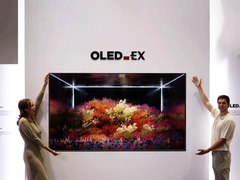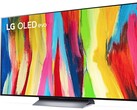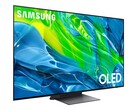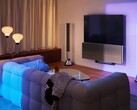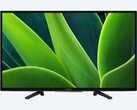LG’s W-OLEDs seem to offer lower peak brightness when compared to Samsung’s new QD-OLEDs. The latest EVO panels from LG do not provide a significant brightness boost, even with the addition of heatsinks, so LG is now considering applying microlens technology for the upcoming TV models, as reported by Korean publication TheElec. Microlenses could improve peak brightness by better redirecting the reflected light from the panel towards the viewers. It also helps reduce power consumption, so the panels do not need to be driven too hard, further diminishing the burn-in effects, as well.
According to TheElec, microlenses could increase the peak brightness for the W-OLEDs by up to 20%. Combined with the new OLED.EX technology that is expected to be fully implemented with next year’s models, the peak brightness gains could reach up to 50%. OLED.EX panels will enter production this quarter, while microlensing could be applied starting with 2H 2022.
The current W-OLEDs offer a peak brightness of just above 900 nits, which is still superior to everything we have seen from LG thus far, but falls short compared to Samsung’s QD-OLEDs that can deliver close to 1500 nits. Nevertheless, with the OLED.EX panels combined with microlens tech, next year’s W-OLEDs could theoretically match Samsung’s 1500 nits.
TheElec also notes that microlens technology is already used by Samsung, although at a smaller scale, in the Galaxy S21 Ultra OLED display. Some existing LED-backlit displays also make use of this technology for the polarizing sheet.


